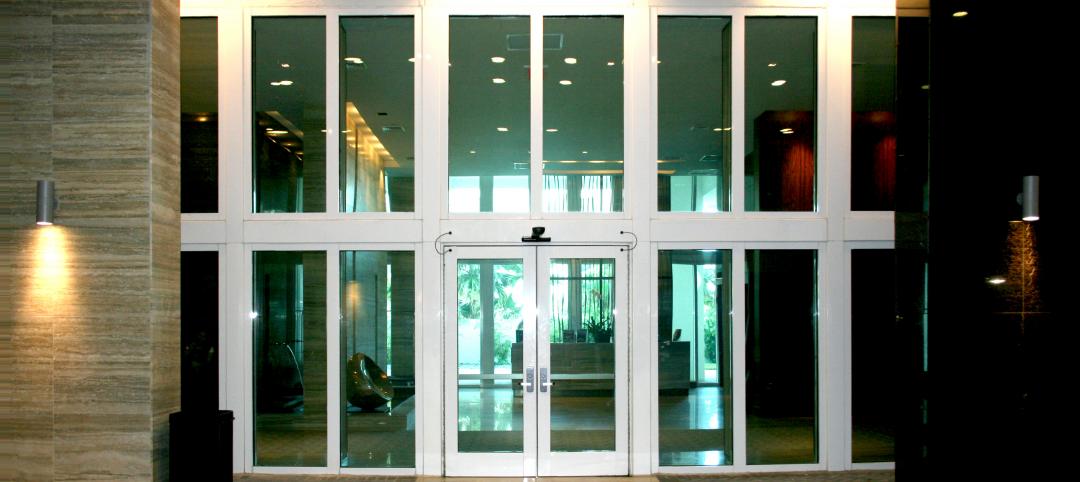By mid-year 2014 approximately $2.3 billion of venture funding for digital health had been placed, surpassing the total investment made in all of 2013. This is yet another statistic that demonstrates an evolving healthcare ecosystem where reform is creating disruptive forces that alter the impact and importance of the players involved.
With changing business practices and a greater emphasis on consumerism, healthcare organizations are looking across their enterprises for answers. Facilities are not escaping the drag net and we continue to see evolving trends that will define the market for real estate and facilities services in 2015 and beyond. The three areas of change we will explore are new products, delivery models, and relationships.
NEW PRODUCTS
With consumers funding more and more of their healthcare services out of pocket, they are becoming more selective in who they seek healthcare services from. In a 2013 survey of healthcare consumers conducted by Oliver Wyman, consumers responded that their top reason for choosing a particular healthcare services location was the quality of care received. Consumers will be focused on every interaction they have with a healthcare provider to rate quality of care from setting up their appointments to the results they experience during and after their visit. The concept of “service” will become a focus of providers that will be successful in 2015 and beyond.
As healthcare organizations plan new facilities and evaluate their overall real estate portfolio, they will continue to look towards facilities that support a first class experience. Not only will they be concerned with the consumer experience, but employee satisfaction will also play a major role. The continued growth of retail care in a healthcare organizations real estate portfolio will continue to be a focus in 2015 and beyond. We will likely see more unique mixed-use projects that carry the live, work and play theme as healthcare focuses on prevention rather than episodic care.
DELIVERY MODELS
As healthcare organizations change their business practices across the enterprise, they are also looking to change the way facilities are delivered and managed. Integrated project delivery models are being requested on a more frequent basis. Many companies that used to market to healthcare organizations as design-build firms have altered their messaging to include the term “integrated.” Healthcare organizations continue to adopt performance improvement models such as Lean to improve their business and integrated project delivery is a natural fit for that culture.
The shift towards an integrated model of delivery is not just project by project based but portfolio based as well.
Healthcare organizations are beginning to see the value of reviewing their entire portfolio and determining the highest and best use for each asset with an understanding of the role it can play in a highly distributed service model. This has increased the demand for strategic real estate planning services that are more holistic than we have seen in the past.
There is a growing desire to develop key performance indicators (KPIs) that take into account clinical outcomes, service line financial performance, building performance and space utilization among other points. Analytical models will be developed in the future that provide an accepted rating system and allow healthcare organizations to measure the true performance of their real estate assets across the ecosystem.
RELATIONSHIPS
New products and an emphasis on new delivery models create new relationships. As healthcare organizations seek more opportunities to save in the delivery and care of facilities, they continue to demand more from group purchasing organizations (GPOs). In the past, GPOs have been focused on medical equipment and other essential supplies necessary to deliver care.
As healthcare organizations expand their net for savings opportunities, they are requesting volume pricing on construction materials, building systems and service contracts. With a limited amount of GPO coverage within this sector, healthcare organizations are exploring direct relationships with key suppliers in an effort to drive prices and increase schedule efficiencies by having more direct control over supply chains.
With an emphasis on ambulatory and retail building products, speed to market becomes more important and, therefore, better predictability with respect to schedule and budget. This has created a demand for roll-out strategies that can deliver portfolios rather than single projects. Healthcare organizations are seeking qualified integrated teams to deliver a solution including the ability to finance, design, build and maintain.
The relationship model continues to shift to a group of preferred providers that are in tune with the organization’s overall strategy and understand their culture and decision making style. In an industry with plenty of chaos, seeking solutions that provide a more predictable outcome will be a focus for healthcare organizations in 2015 and beyond.
CONCLUSION
Healthcare continues to shift toward Madison Avenue and Silicon Valley as it revamps business practices to focus on consumerism and efficiency. Not only does this impact the actual delivery of services, but it continues to have a large effect on the location and type of facility in which those services are delivered. In the next year, expect to see the following:
• Product. A continued emphasis on Ambulatory and Retail facilities and increased development of population health management tools such as wellness centers, adult daycare centers, and virtual medicine hubs.
• Delivery. Continued alignment in the delivery and care of facilities with a culture of improvement. An increase in integrated project delivery and risk sharing models based on short and long term outcomes. Development of holistic analytical models for evaluating portfolio performance.
• Relationships. A change in the relationship between Suppliers, GPOs and healthcare organizations that provides more direct access to innovations without delays and surcharges.
For service providers in the real estate, design and construction industry it will be important to understand how exactly how the healthcare industry is evolving. With shifting payment models and an emphasis on value creation, healthcare organizations will be open to partners that are able to contribute to achieving their strategic goals and not just deliver on a transaction.
The more a firm can demonstrate a predictable outcome that delivers results, the quicker they will become a trusted and preferred partner well into the future.
Related Stories
| Sep 23, 2011
Fire and hurricane rated glazed wall assemblies installed at multi-family residence in Florida
Fire and hurricane assemblies meet design and code requirements.
| Sep 23, 2011
ABI turns positive after four monthly declines
On the heels of a period of weakness in design activity, the Architecture Billings Index (ABI) took a sudden upturn in August.
| Sep 23, 2011
Under 40 Leadership Summit
Building Design+Construction’s Under 40 Leadership Summit takes place October 26-28, 2011 Hotel at the Monteleone in New Orleans. Discounted hotel rate deadline: October 2, 2011.
| Sep 20, 2011
Jeanne Gang wins MacArthur Fellowship
Jeanne Gang, a 2011 MacArthur Fellowship winner described by the foundation as "an architect challenging the aesthetic and technical possibilities of the art form in a wide range of structures."
| Sep 20, 2011
Francis Cauffman wins two IDA design awards
The PA/NJ/DE Chapter of the International Interior Design Association (IIDA) has presented the Francis Cauffman architecture firm with two awards: the Best Interior Design of 2011 for the W. L. Gore offices in Elkton, MD, and the President’s Choice Award for St. Joseph’s Regional Medical Center in Paterson, NJ.
| Sep 20, 2011
PPG, Pleotint to co-market environmentally adaptive glazing technology with low-e glass
Laminated between two lites of glass, SRT interlayer may be used monolithically or within an insulating glass unit.
| Sep 19, 2011
Portland team hired as LEED and commissioning consultants for $5.5B downtown sustainable project in Qatar
The $5.5 billion sustainable downtown regeneration project underway by Msheireb Properties will transform a 76 acres site at the centre of Doha, Qatar’s capital city, recreating a way of living that is rooted in Qatari culture, attracting residents back to the city center and reversing the trend for decentralization.
| Sep 16, 2011
Chicago Architecture Foundation partners with seven renowned architects to re-imagine Chicago neighborhoods
Design on the Edge presents plans created by seven teams of nine Chicago-based architects to reimagine seven of the city’s neighborhoods to encourage street life, retail districts and dense housing around the existing “L” transit system.
| Sep 14, 2011
USGBC L.A. Chapter's Green Gala features Jason McLennan as keynote speaker
The Los Angeles Chapter of the nonprofit USGBC will launch its Sustainable Innovation Awards this year during the chapter's 7th Annual Green Gala on Thursday, November 3.

















